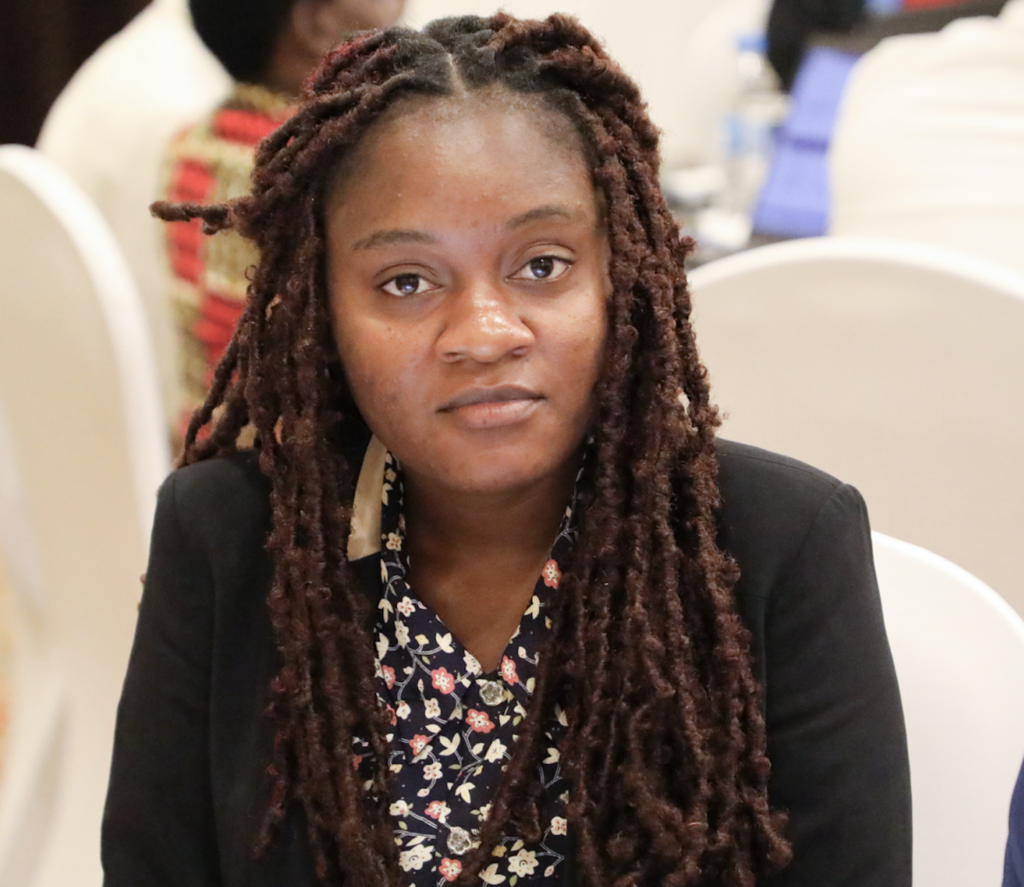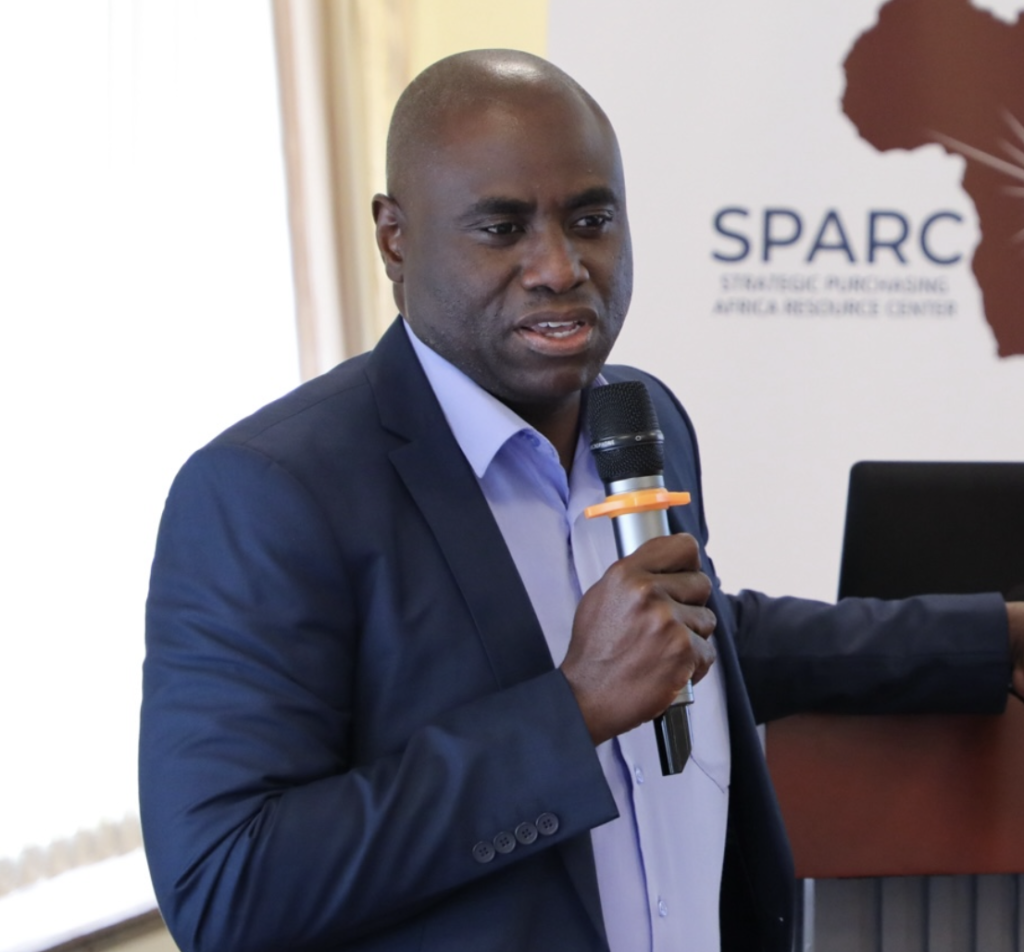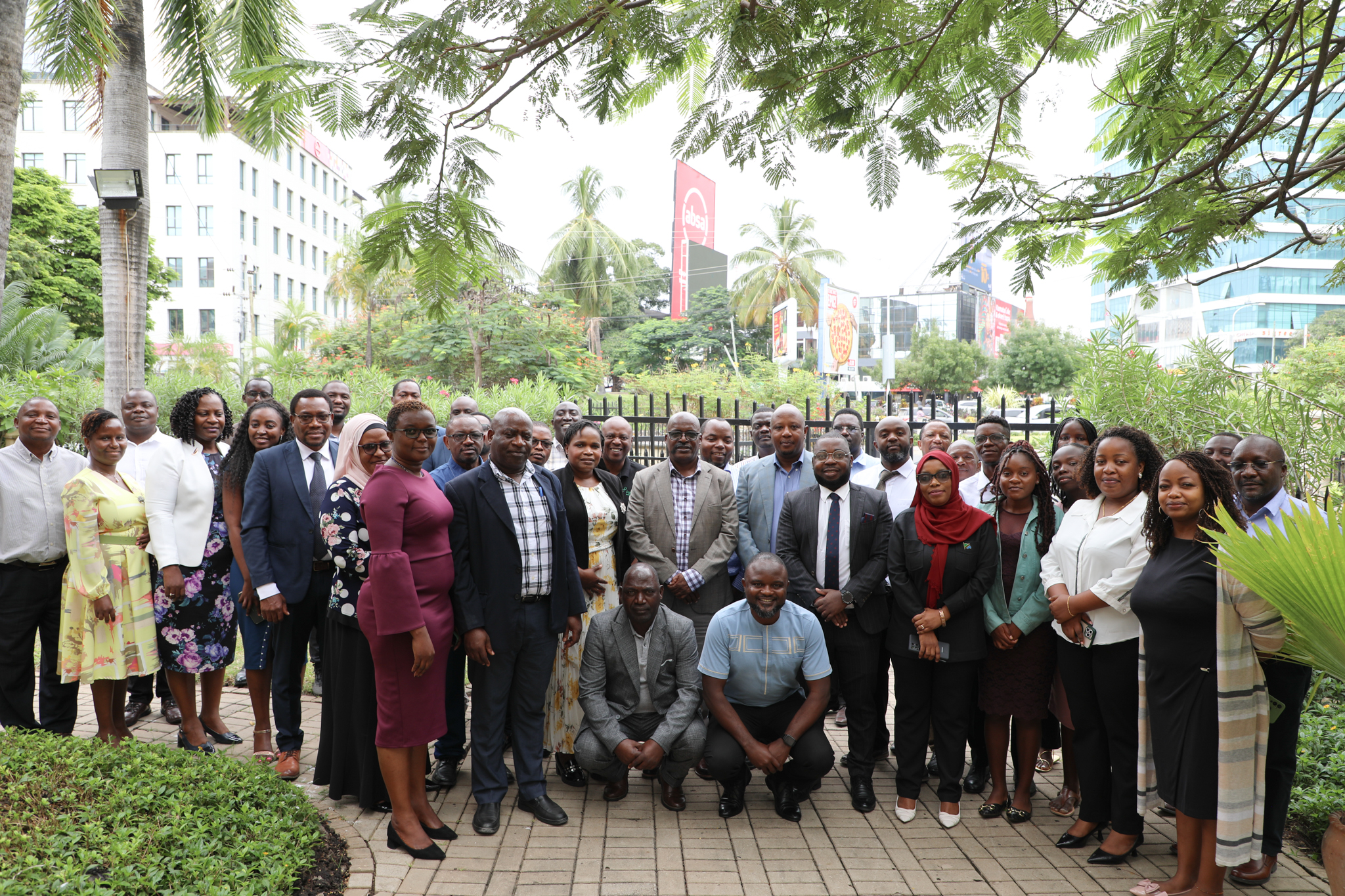Introduction
The Government of Malawi is committed to improving healthcare delivery and achieving universal health coverage (UHC). As part of this commitment, the Ministry of Health (MoH), Malawi has identified Direct Facility Financing (DFF) in health as a potential strategy to enhance healthcare financing and service provision in the country. DFF involves the direct allocation of financial resources to healthcare facilities to strengthen their operational capacity and improve service delivery. As Malawi continues to strive towards strengthening its health system, the country recognizes the importance of learning from the successful experiences of other countries. Tanzania is one such country that has made significant progress in implementing the DFF approach, having demonstrated positive outcomes in improved healthcare delivery.
A delegation of 19 members from the MoH and Ministry of Finance (MoF) as well as private sector stakeholders embarked on a study visit to Tanzania in August 2023. The purpose of the study visit was to understand the key principles, operational aspects, and challenges associated with Direct health facility financing (DHFF) – as it is commonly referred to in Tanzania – and explore its potential applicability in the Malawian context considering the country’s unique health system and financing landscape. This blog outlines the key lessons from the study visit that could significantly benefit Malawi’s healthcare system.
Lesson 1: Adequate funding from multiple sources is key for financial sustainability and equitable resource distribution
Tanzania’s DHFF program operates through approved health facility plans funded from various sources, including the Health Basket Fund (comprising funds from donors), user fees, cost sharing, development partner contributions, government development funds, the National Health Insurance Fund (NHIF), and the Community Health Insurance (ICHI). The implementation of DHFF in Tanzania has significantly enhanced access to healthcare and the quality of service delivery. It ensures that individuals can access health services through various means, including health insurance, out-of-pocket payments, or exemptions (for individuals under 5 years old, over 60 years old, and antenatal care). District-level resource allocation is based on a formula that considers factors such as population size, poverty levels, and under-five mortality rates. DHFF incentivizes facilities to generate more revenue, thereby expanding their capacity to provide a wider range of services. This, in turn, ensures that people can access healthcare services without the need for extensive travel. The availability of services within healthcare facilities has made healthcare more affordable by reducing out-of-pocket expenses related to travel and the time required to access services at more distant facilities. However, the program has also faced challenges, such as inadequate planning capacity at the facility level, unpredictability of funds, and limited internet coverage in remote areas.
Malawi’s health system offers health services free of charge at point of care which limits the level of funding available. From the visit, it was clear that a country cannot rely solely on government contribution to the health sector and/or donor funding. The audience gained an understanding that the DHFF is a public financial management reform and in itself, is not a funding stream. There is a need to create more funding streams for successful implementation of the DFF approach in Malawi as diversified funding sources and transparent allocation methods are crucial for financial sustainability and equitable resource distribution.
Lesson 2: Facility autonomy and sound health facility planning and budgeting are instrumental in successful DHFF implementation
Allowing health facilities a degree of autonomy in managing their resources leads to improved efficiency. Autonomy fosters efficiency and motivation in various aspects, including recruitment, procurement, planning, execution, supervision, community empowerment, and engagement. In Tanzania, DHFF empowered facilities to manage their budgets, make independent decisions on staffing, and prioritize services based on community needs. Autonomy has been instrumental in improving service delivery in Tanzania such as evidenced by improved availability of health commodities, with an increase from 83% to 96% at the health facilities. Funding is allocated based on facility annual plans. Facilities develop plans independently which feed into Local Government Authority plans and subsequently to the national budget through the President’s Office- Regional Administration and Local Government (PORALG). The feeding of facility plans in national planning and budgeting systems and direct transfer of funds from the Ministry of Finance to the bank accounts of healthcare facilities has effectively reduced resource leakage intended for primary healthcare facilities.
Lesson 3: DHFF’s success hinges on the efficient coordination of the fundamental components of a health system
DHFF confers autonomy to facilities, hence making them cost centres with the need for accounting personnel. One of the prerequisites for health facilities to enrol in Tanzania’s DHFF program is having at least one dedicated revenue accounting person. It was noted that accountants hired were done so at the local government council level on a contract basis. In the initial years of implementation, DHFF funds covered operational costs, including salaries for the additional accountants hired at health centres. Facilities are also required to maintain an active bank account and establish a functional communication channel. In addition, transparency and accountability are enhanced through a functional Health Facility Governing Committee, a Facility Health Plan, and access to service performance data (HMIS). Digital systems like the Government of Tanzania Hospital Management Information System (GoT-HOMIS), which captures data at facilities, feeding into DHIS2, play a key role in justifying facility demands. PlanRep – the local government’s planning and reporting database which assists local authorities in in planning, budgeting, projecting revenue from all sources and tracking of funds received and FFARS- Facility Financial Accounting and Reporting System, which records financial transactions, receipts payment vouchers, cheque cash book and also maintains the general ledger were also discussed in detail. These systems have played a significant role in improving transparency, accountability, and efficiency in the management of health facilities and allow for better financial tracking, procurement, and data collection.
The efficient coordination of these fundamental components of a health system underscores the importance of preparedness and accountability at the facility level. For Malawi to replicate Tanzania’s success, similar prerequisites must be established to ensure that health facilities are equipped to handle the responsibilities that come with DHFF. Enablers such as setting up standard operating procedures and guidelines (cost sharing, digitization etc) bring consistency, predictability and order in the management of DHFF. Furthermore, policies that exempt specific population groups, such as under-five children, pregnant women, and the extremely poor, from user fees and insurance premiums, contribute to greater equity in healthcare access. These exemptions ensure that vulnerable populations can access necessary care without financial barriers.
Lesson 4: Enhanced community involvement in health planning and budgeting increases ownership of health services
Finally, enhanced community involvement in health planning and budgeting, particularly in priority setting, increases community ownership of health services and has played a pivotal role in the DHFF program’s success in Tanzania. Additionally, community empowerment throughout the Public Finance Management (PFM) cycle enhances transparency and accountability within the health system. This is because increased community empowerment enhances community engagement in health service delivery which is crucial in holding facilities and authorities accountable for the efficient use of resources. The aspect of community feedback was said to be facilitated through social units, conducting interviews to assess the quality of care.
Conclusion
Tanzania’s DHFF program has achieved significant milestones, including enrolling 6,600 primary healthcare facilities by 2023, allowing facilities to make independent budget decisions, and enhancing community involvement in planning and budgeting. However, the program has also faced challenges, such as inadequate planning capacity at the facility level, the unpredictability of funds, and limited internet coverage in remote areas.
Malawi can learn from Tanzania’s achievements by establishing prerequisites for facility readiness and accountability as well as exploring diversified sources for health financing and transparent allocation methods, promoting facility autonomy, engaging communities in healthcare decision-making, and implementing digital solutions to improve efficiency. Addressing the current bottlenecks will require capacity-building efforts, better fund predictability, and broader internet access. By applying these lessons, Malawi can take significant steps toward enhancing its healthcare financing and service delivery, ultimately moving closer to achieving universal health coverage (UHC) and improving the well-being of its citizens. The journey may be challenging, but the experiences shared by Tanzania offer a promising roadmap for success in Malawi’s healthcare sector.
AUTHORS

Atupele April Dzinkambani – an economist working for the Malawian Ministry of Health – health financing division. April is dedicated to improving access to affordable, high-quality healthcare for individuals of all income levels, and is passionate about challenges surrounding healthcare financing.

Dr Lizah Nyawira – A health economist leading the evidence generation and learning pillar (EGAL) at SPARC. She is passionate about sustainable health financing for primary health care to influence the delivery of quality health care to the populace.

Dr Otieno Osoro – A Lecturer in School of Economics, University of Dare Salaam in Tanzania. Dr. Osoro is a Health Economist specializing in health financing, health resource tracking, healthcare demand and health quality.

